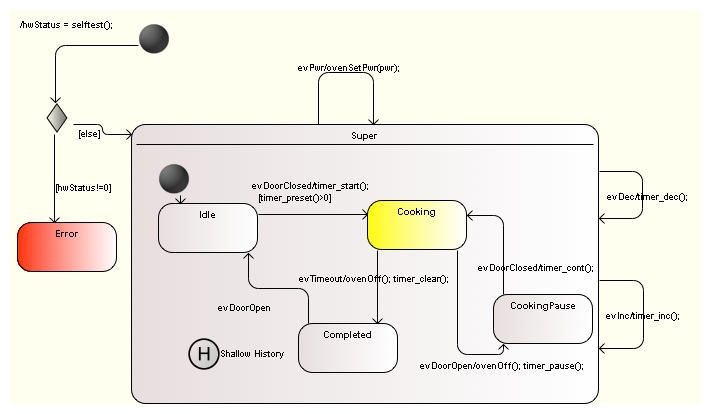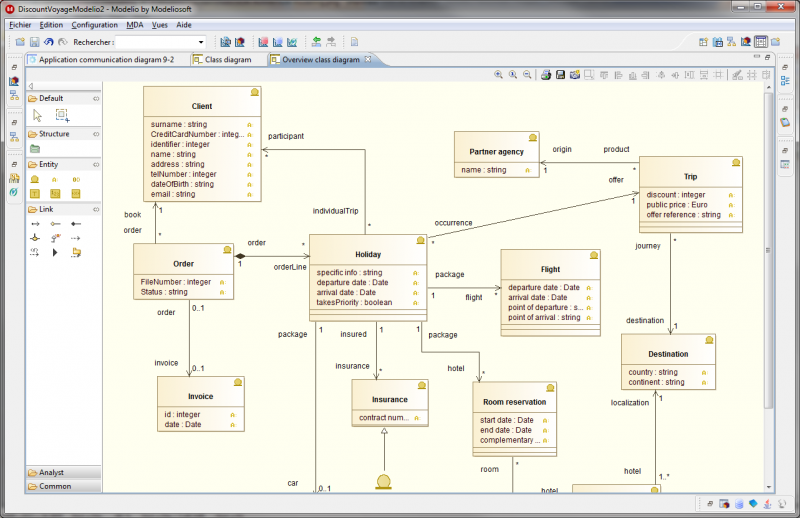

Compare and contrast bona fide «designConstraint» Requirements (e.g., ". * Regurgitate System Design decisions as SysML Requirements text. * Satisfy all Functional Requirements with Functional Activities using the «satisfy» Dependency. * Conflate «functionalRequirement», «performanceRequirement», and «designConstraint» Requirements. * Aggressively apply Requirements Triage techniques to separate «functionalRequirement», «performanceRequirement», and «designConstraint» Requirements. The purpose of Requirement diagrams is to specify both Functional and Non-Functional Requirements within the model so that they can be traced to other model elements that Satisfy them and Test Cases that Verify them. Requirement diagram (req): A SysML Requirement diagram is a static structural diagram that shows the relationships among Requirement («requirement») constructs, model elements that Satisfy («satisfy» Dependency) them, and Test Cases that Verify («verify» Dependency) them. SysML predefines the following stereotype specializations of NFRs: A Functional Requirement (functionalRequirement» keyword) specifies a function that a system must perform, whereas a Non-Functional Requirement (NFR) specifies quality criteria that can be used to test the effectiveness of system functions. Requirement: A Requirement (notation: rectangle with «requirement» keyword) is a capability or condition that a system must ("shall") satisfy. What is a SysML Requirement diagram? Definitions Whereas Activity, Sequence and State Machine diagrams are Turing Complete, and their dynamic behavior can be simulated or executed, Use Cases diagrams are not Turing Complete and are not simulatable. *: Although Use Case diagrams are generally classified as Behavior diagrams by both the OMG SysML and UML 2 specifications their Behavioral semantics are ambiguous and incomplete. When properly defined and applied Parametric diagrams are capable of Mathematical ModSim no other SysML or UML 2 diagrams are capable of this. Mathematical ModSim, Mathematical M&S, Parametric Simulation) refers to the capability of a computer program to execute the a mathematical model of the behavior of a system of interest, where the model is defined as a set of mathematical equations. ‡: Mathematical Modeling & Simulation (a.k.a. In general, with the exception of Use Case diagrams, SysML and UML 2 Behavior diagrams are potentially capable of Dynamic System Simulation. Dynamic System Simulation) refers to the capability of a computer program to execute the time-varying behavior of a system of interest.

See UML Superstructure Specification, v2.1.1, figure 12.112, p.392.The SysML is composed of nine (9) diagram types and Allocation Tables for mapping language elements across diagram types: DIAGRAM PROPERTIES To comply with UML 2, preface the behavior with the notation «selection» or «transformation». A dialog lists other flows in the diagram to which you can select to attach the note, if the behavior applies to multiple flows. To do this, right-click on the Object Flow and select the 'Attach Note or Constraint' option. Selection and transformation behaviors can be defined by attaching a note to the Object Flow. Transformation behavior might then further specify the value of an attribute pertaining to a selected object. Selection behavior determines which objects are affected by the connection. Selection and transformation behavior, together composing a sort of query, can specify the nature of the Object Flow's data access. See UML Superstructure Specification, v2.1.1, figure 12.111, p.391. This diagram is an example of multiple Object Flows exchanging data between two actions. Here, Action Pins are used to reflect the order. This explicit portrayal of the data object Order, connected to the Activities by two Object Flows, can be refined by using this format. See UML Superstructure Specification, v2.1.1, figure 12.110, p.391. This diagram depicts a simple Object Flow between two actions, Fill Order and Ship Order, both accessing order information. In Activity diagrams, there are several ways to define the flow of data between objects.


 0 kommentar(er)
0 kommentar(er)
